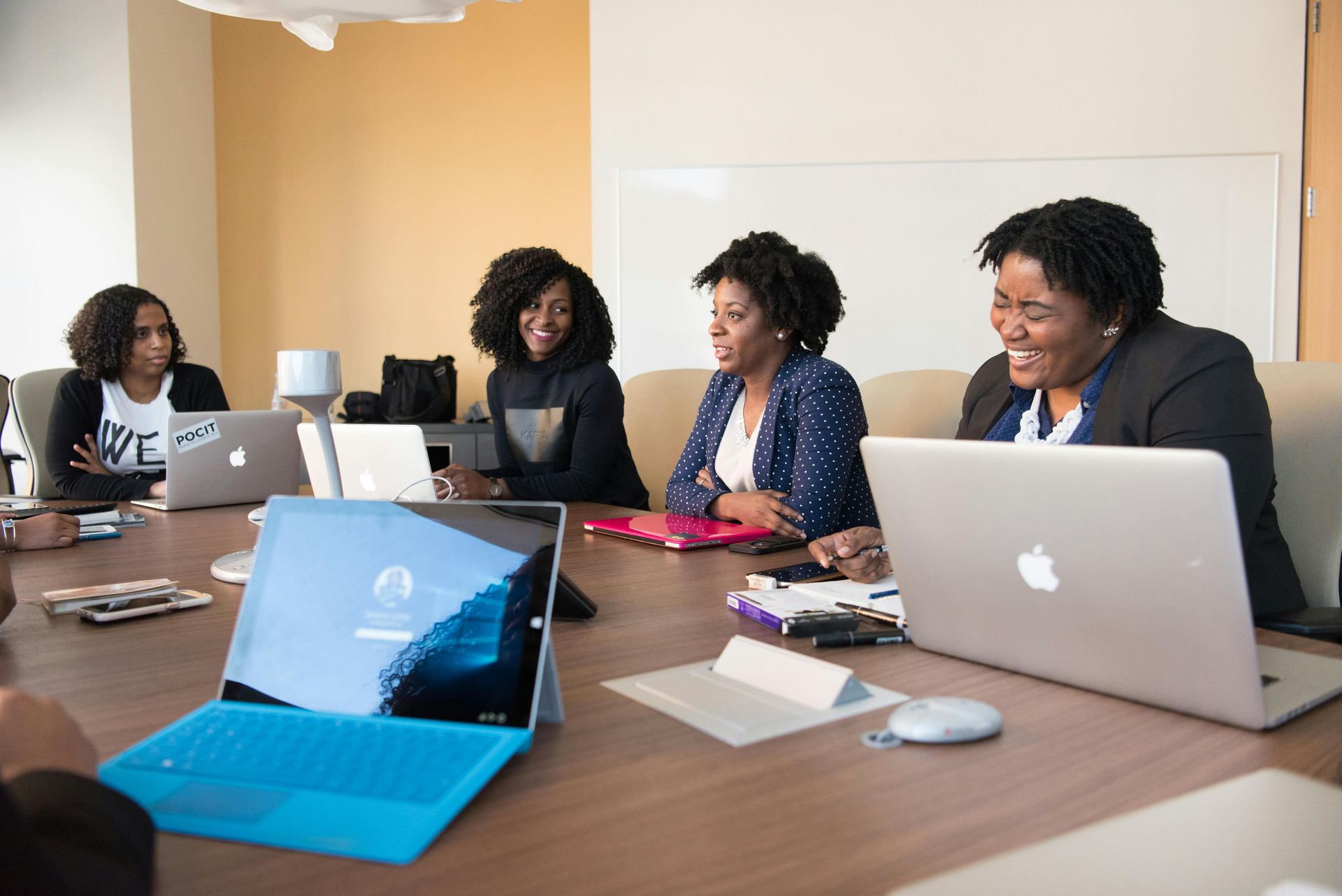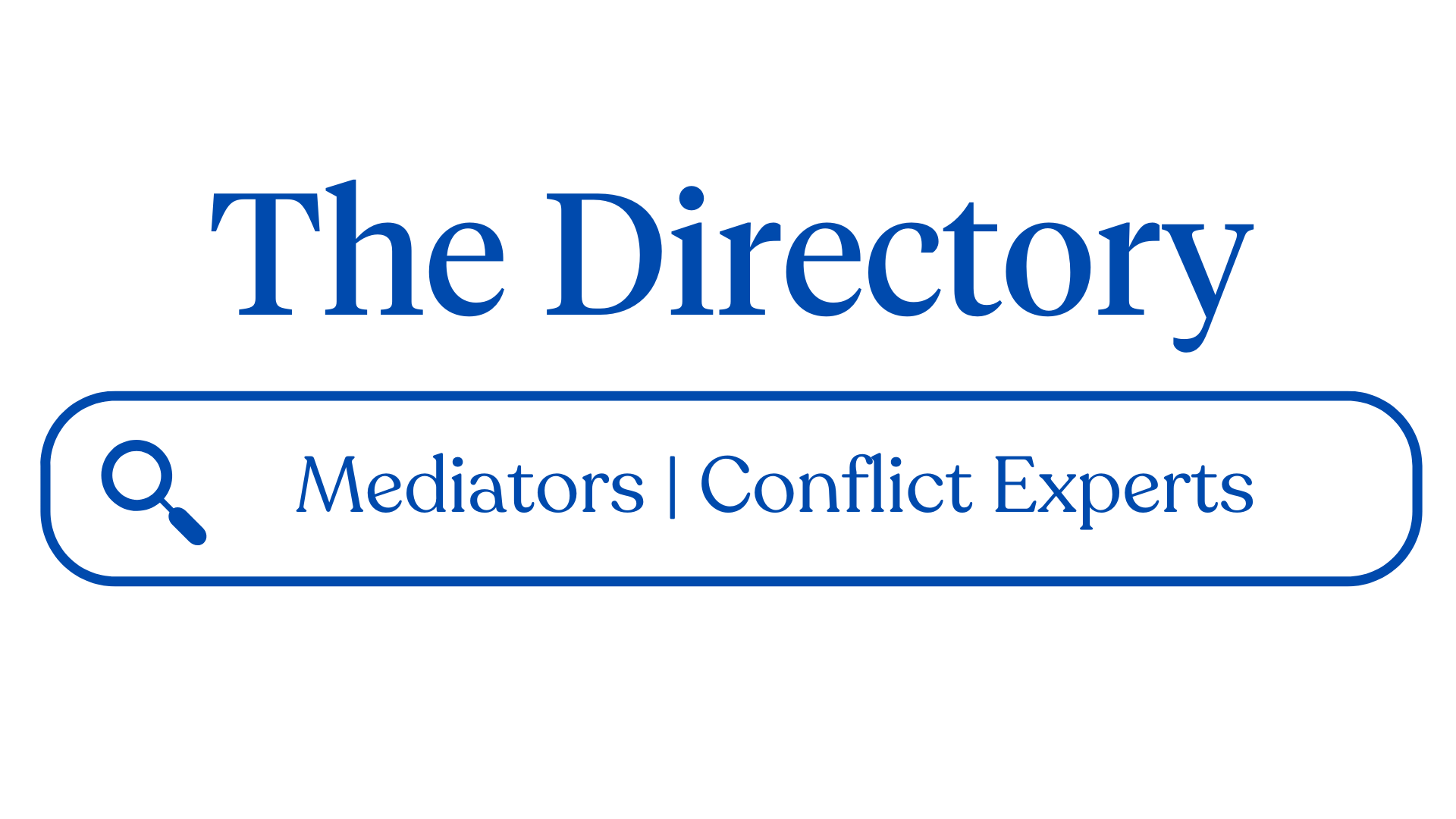Case Study: Resolving Multi-Billion Dollar Delays in the Middle East Through Mediation
Using Mediation to Avoid Further Disruption to This Middle East Project

Resolving Multi-Billion Dollar Delays in the Middle East Through Expert Mediation
When large-scale construction projects face delays and disputes, the consequences can be staggering—affecting stakeholders, finances, and progress for years. Such high-stakes scenarios demand innovative solutions that go beyond litigation or traditional arbitration. This article explores a prime example of commercial mediation in action, dissecting how Gordon Tregaskis resolved a billion-dollar dispute in the Middle East. Using evaluative mediation techniques and fostering collaborative relationships, this case serves as an essential roadmap for UK legal professionals and businesses navigating complex situations.
If you’re a solicitor, in-house counsel, or business leader seeking effective ways to settle disputes, read on to discover why mediation is increasingly becoming the resolution method of choice.
The Dispute in Question
The case centred on a contentious disagreement over a multi-billion-dollar infrastructure project in the Middle East. Delays had plagued the construction for years, causing costs to spiral beyond three times the original budget. At the root of the dispute lay several typical but intractable issues:
- Variations during construction
- Liquidated damages
- Failure to grant time extensions
- A lack of signed contracts, even four years into the project
To make matters worse, more than 15 subcontractors operated without binding agreements, further muddying the waters. By the time mediation began, the parties’ claims and counterclaims exceeded a billion US dollars. Stakeholders included a government-affiliated employer and a mix of local and foreign construction giants—each with multiple vested interests and conflicting priorities.
This highly fractured situation called for a mediator equipped with deep expertise in managing complexities. Gordon Tregaskis, known for his ability to handle high-stakes international disputes, led the process with precision and adaptability.
Evaluative Mediation in Action
Unlike facilitative mediation, which revolves around helping parties explore solutions themselves, evaluative mediation takes a more hands-on approach. The mediator offers their insights, provides a balanced analysis of the strengths and weaknesses of each argument, and—where possible—recommends potential outcomes. Gordon employed this method to great effect, bringing clarity and structure to a tangled dispute.
Step 1: Establishing a Baseline for Analysis
The sheer scale of the project made it difficult to determine liability. Gordon’s team of specialists—initially composed of engineers, surveyors, planners, and commercial experts—dove into over five million pages of documentation. This included blueprints, contracts, and project plans, many of which were incomplete or disorganised.
Over time, the team expanded to include disciplines such as architecture and piling, ensuring that all technical aspects were covered. A universally agreed-upon analysis tool became the foundation for assessing each party’s performance, enabling discussions grounded in hard data.
For UK legal professionals managing complex cases, this approach demonstrates the value of deeply technical mediators who can methodically break down disputes into manageable parts.
Step 2: Encouraging Constructive Dialogue
Given the entrenched positions, open hostility was almost inevitable. However, Gordon’s evaluative style facilitated dialogue by steering the conversation toward facts rather than emotions. For example, instead of focusing on blame for delays, he prompted discussions about overlooked risks and shared responsibilities. This shift in perspective allowed both sides to step back from personal grievances.
A key takeaway for solicitors and business professionals here is the mediator’s ability to recalibrate discussions. Evaluative mediators like Gordon balance objective analysis with tact, reminding participants to focus on outcomes rather than conflict.
Cross-Border Mediation Challenges and Solutions
Mediation in cross-border cases like this one requires significant cultural awareness. Legal frameworks, business practices, and communication styles differ widely between parties from distinct regions, and mediators must adapt their strategies to suit these variations.
Navigating Diverse Legal Systems
The legal landscape in this case was particularly challenging. The project was governed by local laws, predominantly written in Arabic, despite much of the documentation being in English. Gordon’s fluency in navigating such disparities enabled both sides to understand the implications of their claims fully. His team translated key documents and bridged the gap between differing legal expectations.
For UK lawyers working with international clients, this should underscore the importance of hiring mediators with experience in cross-border legal environments.
Mitigating Cultural Differences
Cultural dynamics also played a crucial role. Mistrust and miscommunication had festered for years, magnifying existing tensions. Gordon’s approach was to highlight the shared goals of both parties—completion of the project and protection of ongoing relationships—redirecting their focus from past conflicts to future interests.
His strategy also included private caucuses with each side, enabling them to vent frustrations in a safe space. These sessions allowed Gordon to address cultural nuances directly, providing tailored advice to decision-makers on how to approach the discussions constructively.
Here in the UK, where businesses frequently operate internationally, this case highlights the value of involving mediators renowned for cultural sensitivity.
Long-Term Collaboration Beyond the Dispute
The ultimate success of the mediation wasn’t just the settlement agreement. Both parties resumed cooperation on future projects following resolution—demonstrating how mediation doesn’t burn bridges but fosters professional relationships.
Resolution Timeline
After 19 months of intensive mediation, the billion-dollar dispute was settled amicably. Gordon’s evaluative method and collaborative focus helped diffuse hostilities, paving the way for a mutually satisfactory agreement. This is a stark contrast to the often adversarial outcomes of litigation, which can irreparably damage relationships.
Preserving Professional Relationships
The fact that the stakeholders decided to work together again is particularly noteworthy. It shows how effective mediation goes beyond addressing the dispute at hand—it also creates a framework for ongoing collaboration.
This long-term perspective is worth emphasising to UK businesses. When handled correctly, mediation can protect valuable partnerships and open doors to future joint ventures.
The Case for Mediation in Complex UK Disputes
For UK legal professionals and business leaders dealing with high-stakes disputes, this case study is a testament to the power of mediation. Traditional litigation and arbitration often involve prolonged proceedings and unpredictable outcomes. By contrast, mediation provides:
- Flexibility: Unlike binding court judgments, mediation agreements offer tailored solutions.
- Efficiency: Complex situations can often be resolved faster through mediation, as seen in this case.
- Cost Savings: Avoiding lengthy legal battles significantly reduces expenses.
- Relationship Preservation: Mediation’s collaborative nature minimises adversarial fallout.
The UK’s growing adoption of mediation, both in commercial and legal settings, reflects these benefits. Gordon’s success in this case is emblematic of why organisations are turning to experienced mediators for even the most complicated disputes.
Final Thoughts for UK Professionals
The multi-billion-dollar Middle Eastern dispute mediated by Gordon Tregaskis isn’t just a case study in effective commercial mediation—it’s a guide for how businesses and legal professionals can approach large-scale conflicts. From managing cultural and legal complexities to applying evaluative strategies, Gordon demonstrated how mediation offers results where other methods might fall short.
For solicitors seeking to advise their clients or business leaders weighing their options, the lessons are clear. Choose mediators with proven expertise, especially in cross-border situations. Focus on the bigger picture—not just resolving disputes but preserving relationships for the long term.
Above all, recognise that mediation is a tool for crafting solutions, not assigning blame. And as seen here, when applied effectively, it can turn even the most intractable conflicts into opportunities for progress.
Take inspiration from this case. Mediation could be the resolution method your organisation needs, saving time, resources, and relationships while paving the way for lasting success.











